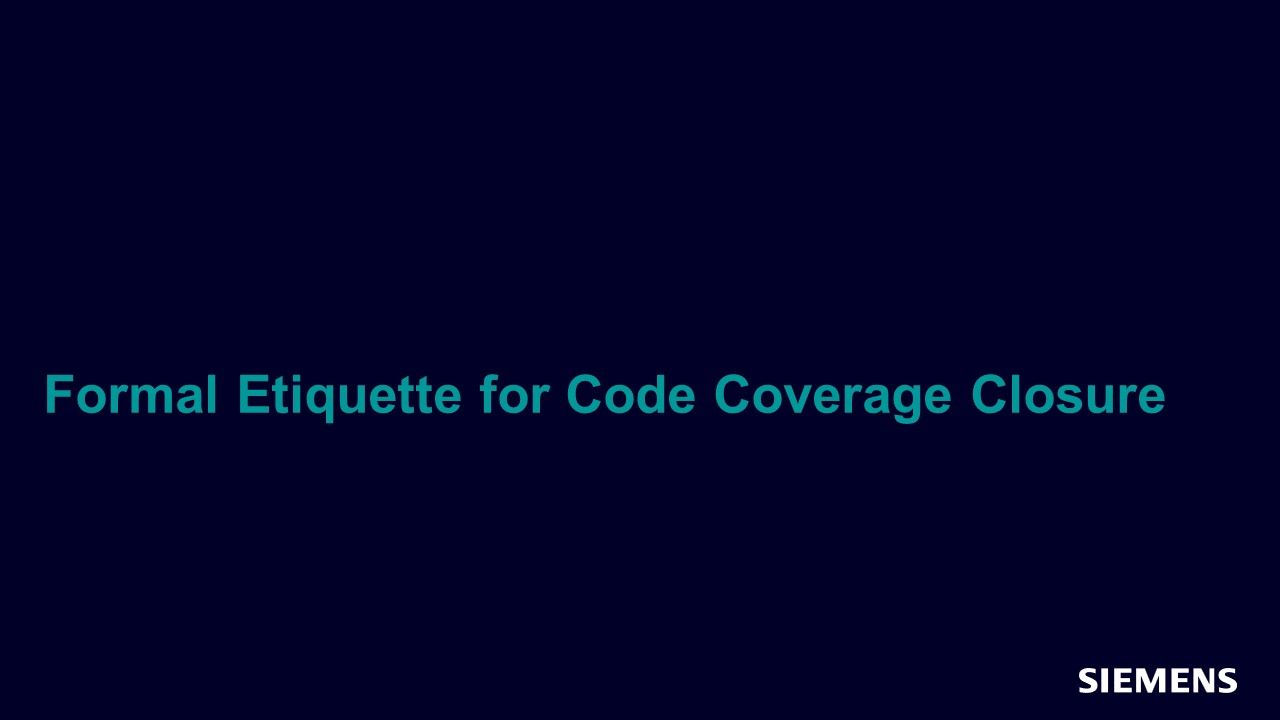Formal Etiquette for Code Coverage Closure
Coverage closure is a key step in any IP design verification project. Code coverage is a much-needed metric in most modern-day IP designs. It helps teams to ensure that all RTL code written is indeed exercised and verified prior to tape-out. Without such a guarantee, a semiconductor design house may well be risking millions of dollars in a potential bug-escape to silicon. As the process of code coverage is well automated, it is widely used in the industry.

Full-access members only
Register your account to view Formal Etiquette for Code Coverage Closure
Full-access members gain access to our free tools and training, including our full library of articles, recorded sessions, seminars, papers, learning tracks, in-depth verification cookbooks, and more.